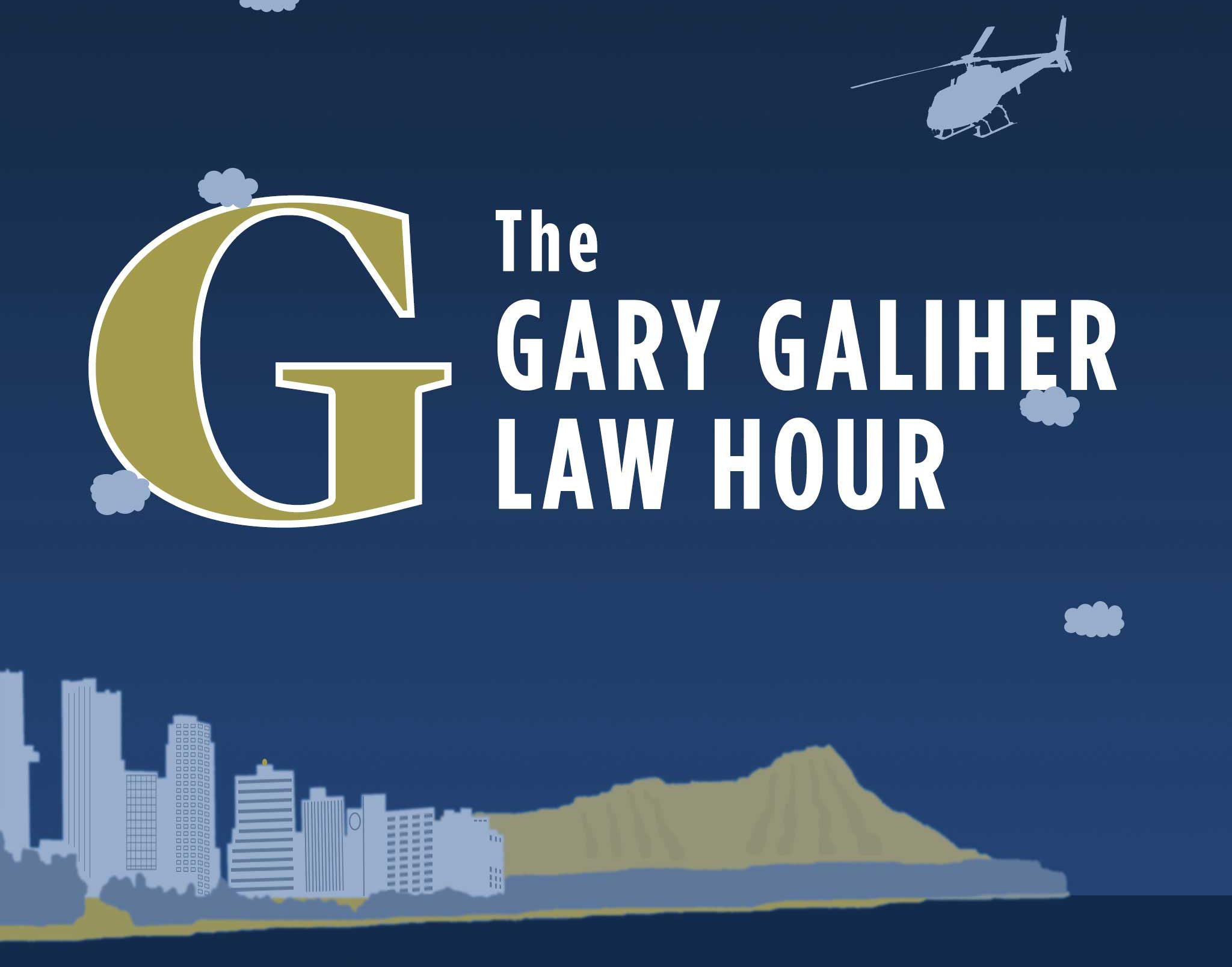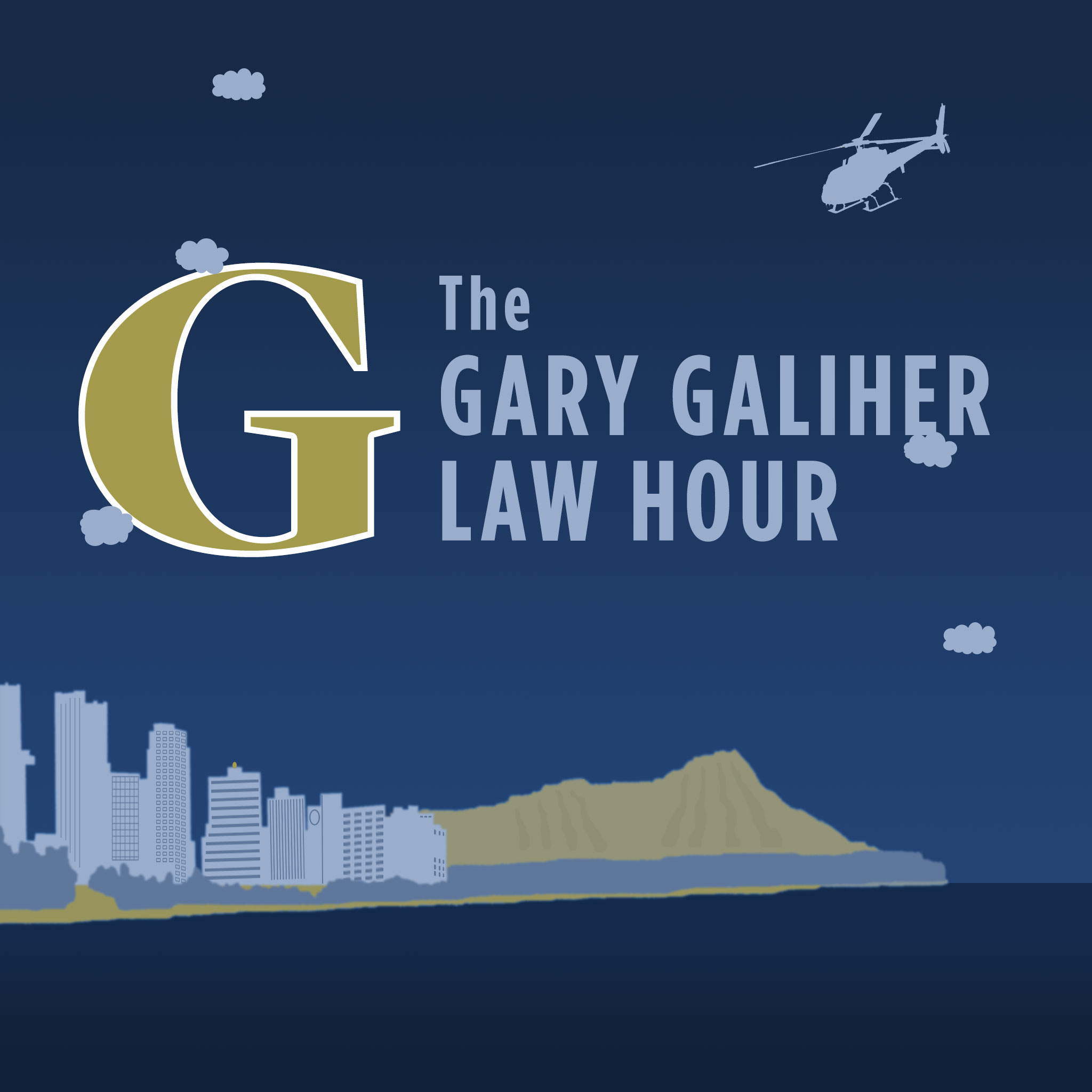Scientific advancements and a greater understanding of the issues that affect the health and safety of young athletes are key to reducing sports-related concussions in youth, reads Congress’s Youth Sports Concussion Act of 2013. States across the country have been quick to respond to the challenge of preventing student athlete injuries through implementing concussion management policy.
Why is this important challenge only beginning to be addressed? Previously, a concussion was assumed to happen only if a person fully lost consciousness. It turns out that experiencing a concussion or mild traumatic brain injury (mTBI) is more common than previously understood. In 2010, about 2.5 million emergency department (ED) visits; hospitalizations, or deaths were associated with TBI in the United States. Many of these injuries occur during participation in youth athletics – particularly sports such as football, soccer, basketball, judo or even cheerleading. Sports and recreational activities contribute to about 21 percent of all traumatic brain injuries among American children and adolescents (CDC).
Given the data available on mTBI, the actual incidence of injuries may potentially be higher than reported. Many less severe head injuries are treated at physician’s offices or immediate care centers, or are self-treated.
Defining Brain Injuries
The International Conference on Concussion in Sport held in Zurich, Switzerland brings leading neuroscientists from around the world to discuss and define “concussion,” a subset of mTBI. Referred to as the Zurich Guidelines, the report is one of the cornerstone references for diagnosis and management. In 2012, during their 4th annual conference, they published the following definition of a concussion or mild traumatic brain injury:
Concussion is the historical term representing low velocity injuries that cause brain ‘shaking’ resulting in clinical symptoms that are not necessarily related to a pathological injury.
“It is a brain injury defined as a complex pathophysiological process affecting the brain, induced by biomechanical forces. Several common features that incorporate clinical, pathologic and biomechanical injury constructs that may be utilized in defining the nature of a concussive head injury include:
- Concussion may be caused either by a direct blow to the head, face, neck or elsewhere on the body with an “impulsive” force transmitted to the head.
- Concussion typically results in the rapid onset of short-lived impairment of neurological function that resolves spontaneously. However, in some cases, symptoms and signs may evolve over a number of minutes to hours.
- Concussion may result in neuropathological changes, but the acute clinical symptoms largely reflect a functional disturbance rather than a structural
injury and, as such, no abnormality is seen on standard structural neuroimaging studies.
- Concussion results in a graded set of clinical symptoms that may or may not involve loss of consciousness. Resolution of the clinical and cognitive symptoms typically follows a sequential course. However, it is important to note that in some cases symptoms may be prolonged.”
 Taking Action to Minimize Risk
Taking Action to Minimize Risk
The definition, diagnosis and treatment of the concussion still face significant challenges and controversy. Scientists are studying potential leads for biomarkers – ways to determine through changes in body chemistry whether or not an individual has had a mTBI. Other than diagnostic specificity, development will also need to be made in evidence-based management strategies and rehabilitation.
As the awareness around the dangers of unnoticed or mistreated brain injuries in youth athletics increases, researchers and policymakers are working to minimize the risks of participation in sports. In 2014, the White House held the first Healthy Kids and Safe Sports Concussion Summit focused on advancing research on sports-related youth concussions and raising awareness of steps to prevent, identify and respond to concussions in young people. All states have some degree of concussion policy. State-mandated management programs ensure that schools and extramural athletics organizations have all the resources to treat brain injuries in a manner consistent with the most up-to-date medical understanding.
Further Resources for Parents and Athletes
When facing the difficult decisions of what to do after a traumatic brain injury, it is important to have the best information possible. A mild brain injury or whiplash could still contribute to long-term behavior and learning impediments. The period of recovery after the injury is critical, and in some cases may even require a multidisciplinary medical team. Those who are closest to the injured athlete such as parents, teachers, coaches teammates and friends will also be critical in a speedy recovery, since brain injuries are not as obvious as broken bones or other physical injuries.
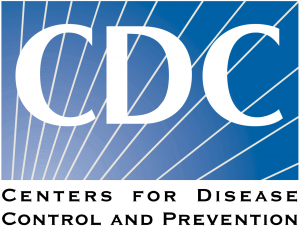 Check out the “Fact Sheet for Parents”, and other free resources from the CDC’s HEADS UP to Youth Sports program: http://www.cdc.gov/headsup/youthsports/parents.html
Check out the “Fact Sheet for Parents”, and other free resources from the CDC’s HEADS UP to Youth Sports program: http://www.cdc.gov/headsup/youthsports/parents.html
http://www.cdc.gov/headsup/highschoolsports/parents.html

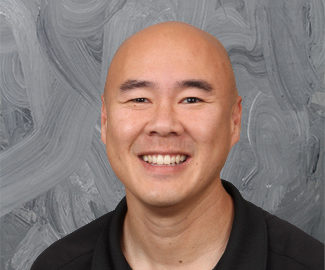
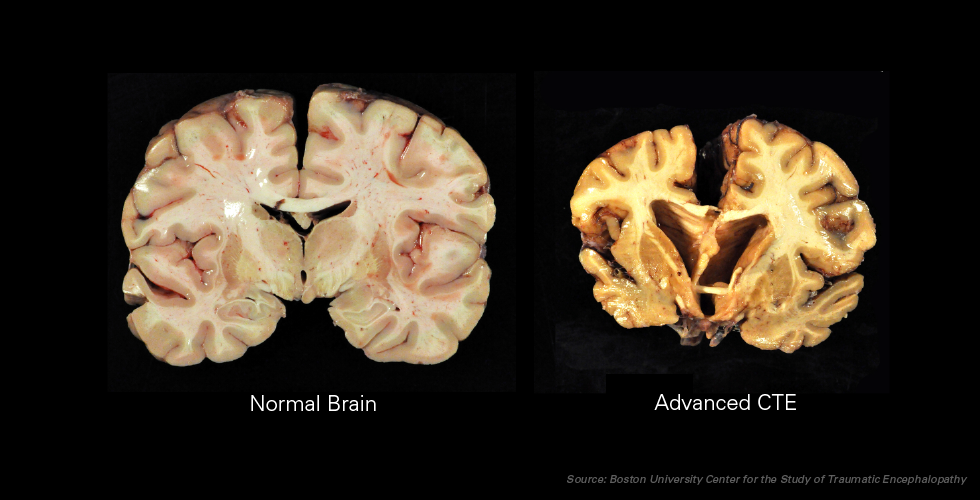
 The co-chairs of the Congressional Brain Injury Task Force hosted a brain injury awareness fair with over 50 exhibitors, a congressional briefing, and a reception to celebrate the Congressional Brain Injury Task Force and Brain Injury Awareness Month.
The co-chairs of the Congressional Brain Injury Task Force hosted a brain injury awareness fair with over 50 exhibitors, a congressional briefing, and a reception to celebrate the Congressional Brain Injury Task Force and Brain Injury Awareness Month.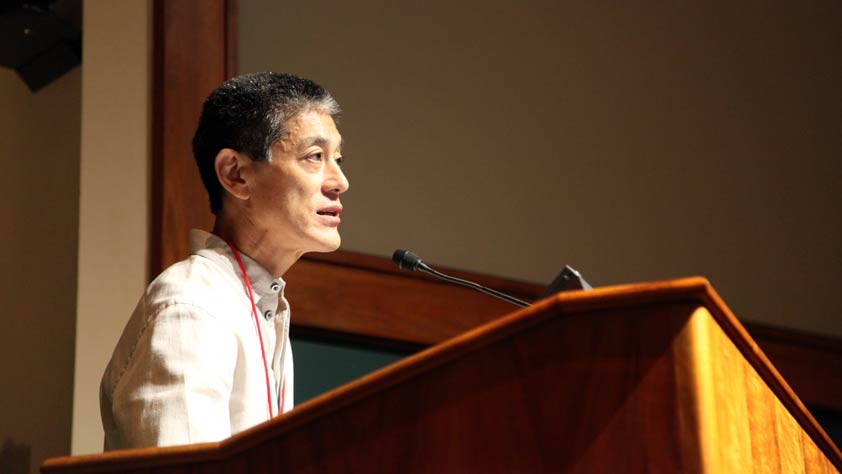
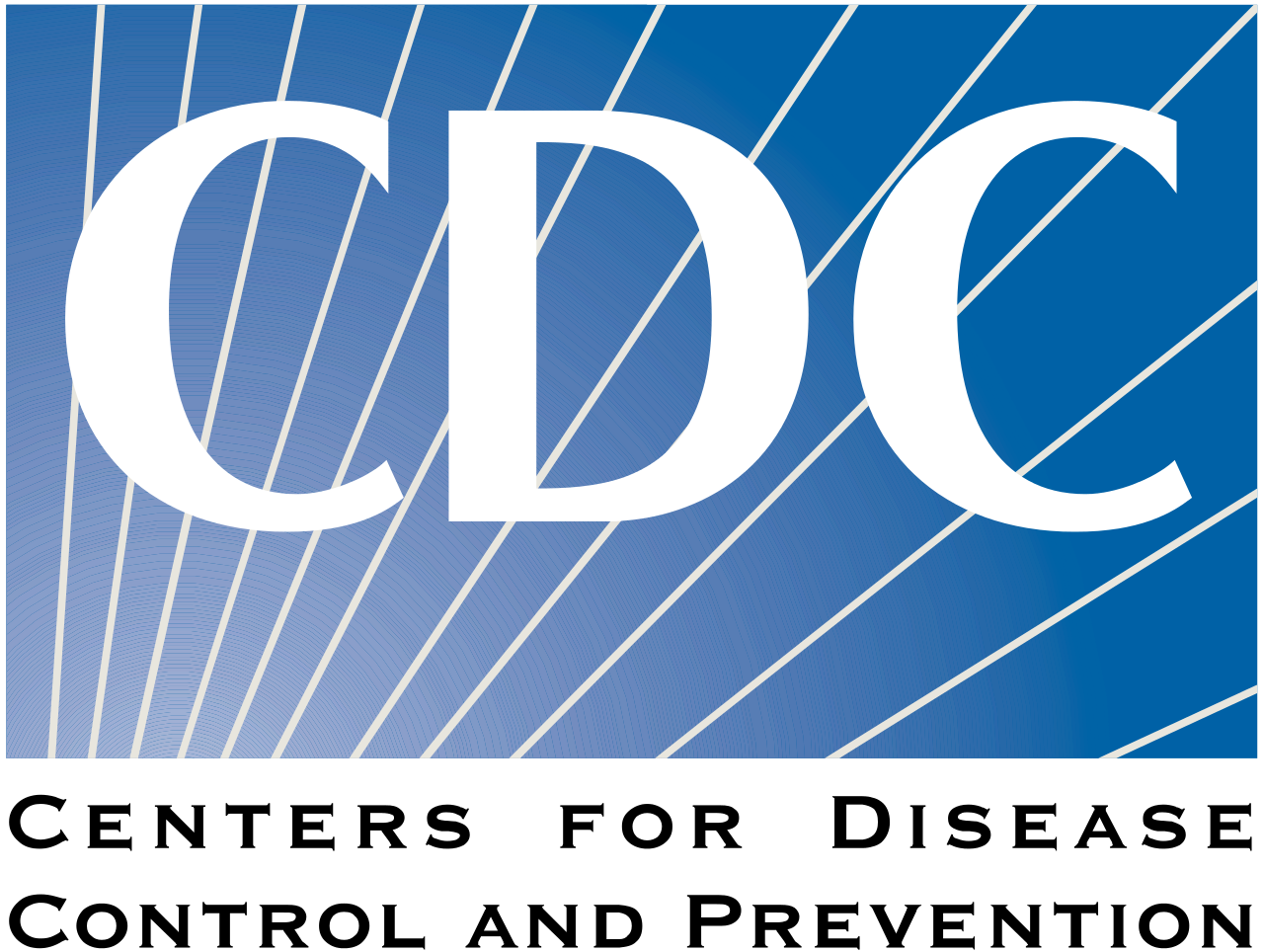
 Taking Action to Minimize Risk
Taking Action to Minimize Risk Check out the “Fact Sheet for Parents”, and other free resources from the CDC’s HEADS UP to Youth Sports program:
Check out the “Fact Sheet for Parents”, and other free resources from the CDC’s HEADS UP to Youth Sports program: 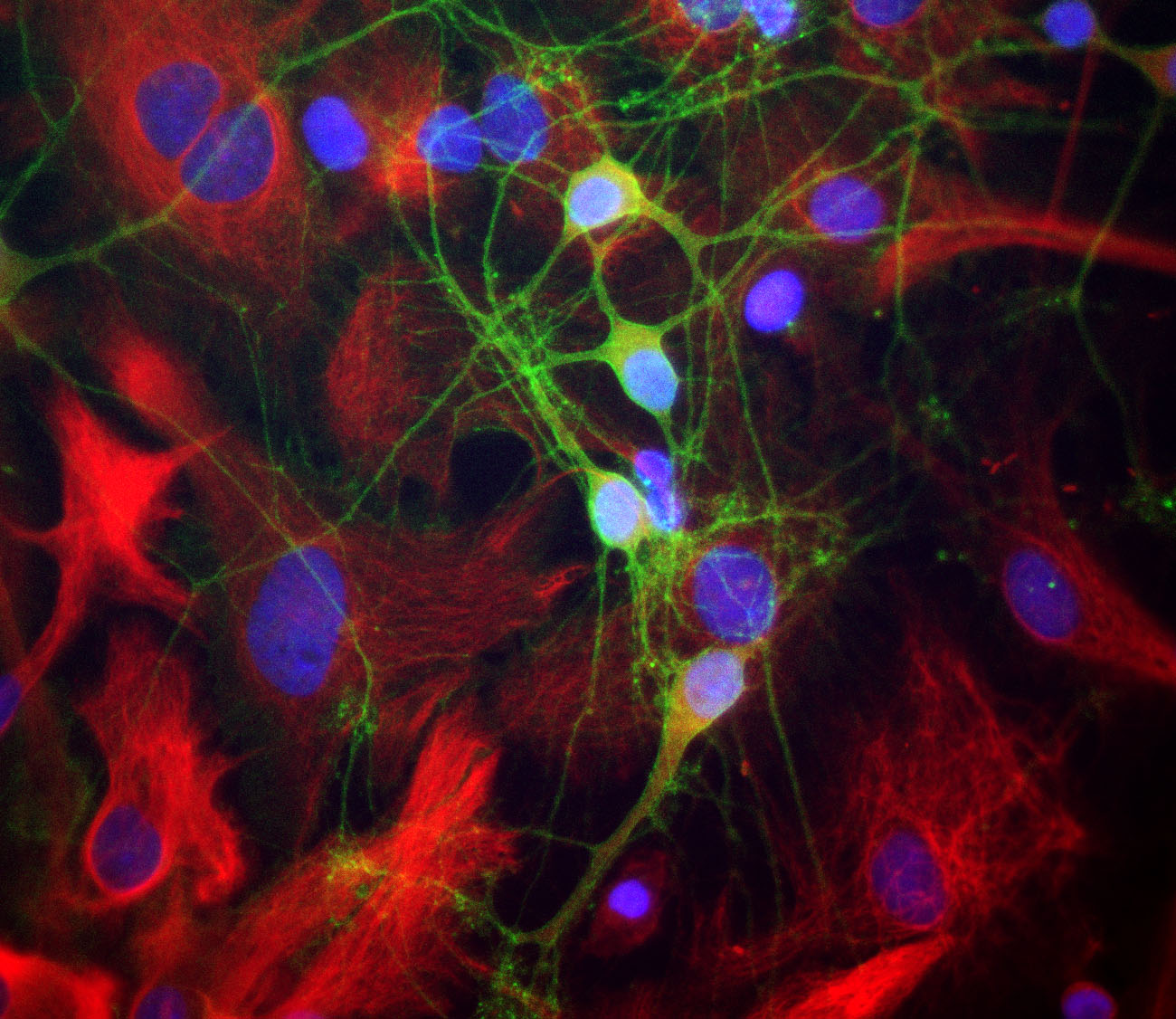
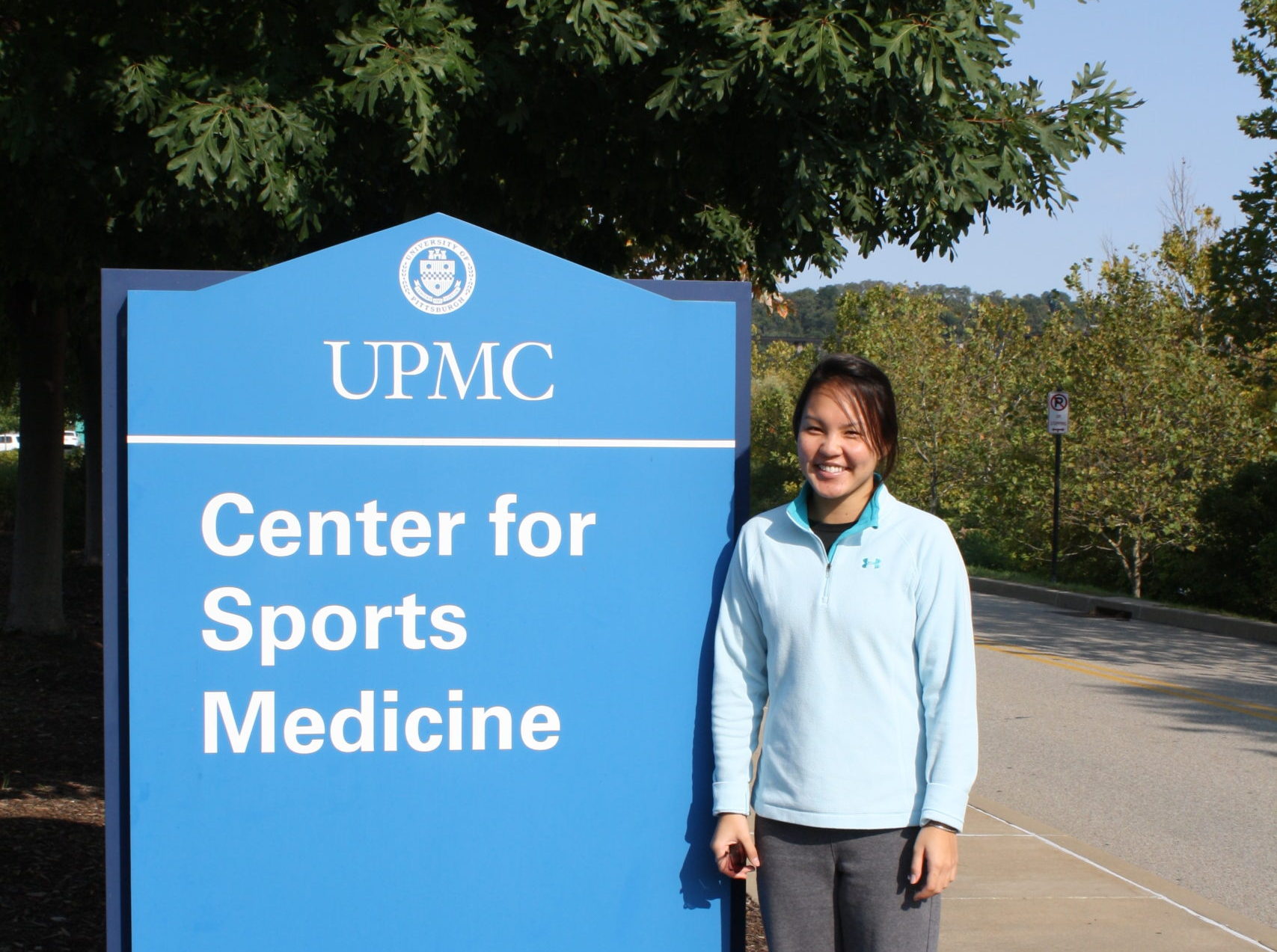
 In December of 2011, I suffered my fourth concussion while playing basketball for a university. I’ve been through my fair share of injuries including sprained ankles, sprained fingers, stitches, and have fractured a wrist, thumb, and leg. I was at the orthopedic doctor so much that we had inside jokes by the time he was taking off my second cast. Needless to say I understand pain, I understand injuries, and am familiar with rest and rehabilitation; but rehabilitating a concussion has been the most excruciating recovery yet.
In December of 2011, I suffered my fourth concussion while playing basketball for a university. I’ve been through my fair share of injuries including sprained ankles, sprained fingers, stitches, and have fractured a wrist, thumb, and leg. I was at the orthopedic doctor so much that we had inside jokes by the time he was taking off my second cast. Needless to say I understand pain, I understand injuries, and am familiar with rest and rehabilitation; but rehabilitating a concussion has been the most excruciating recovery yet.